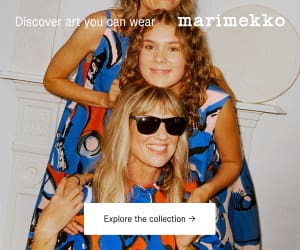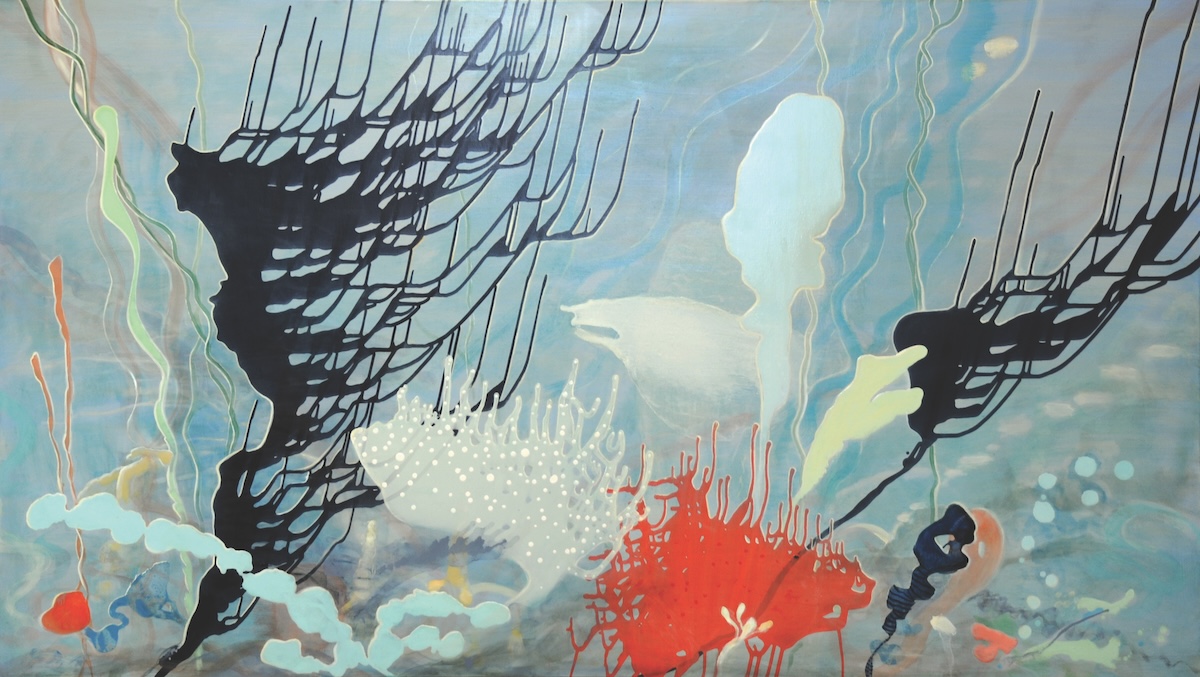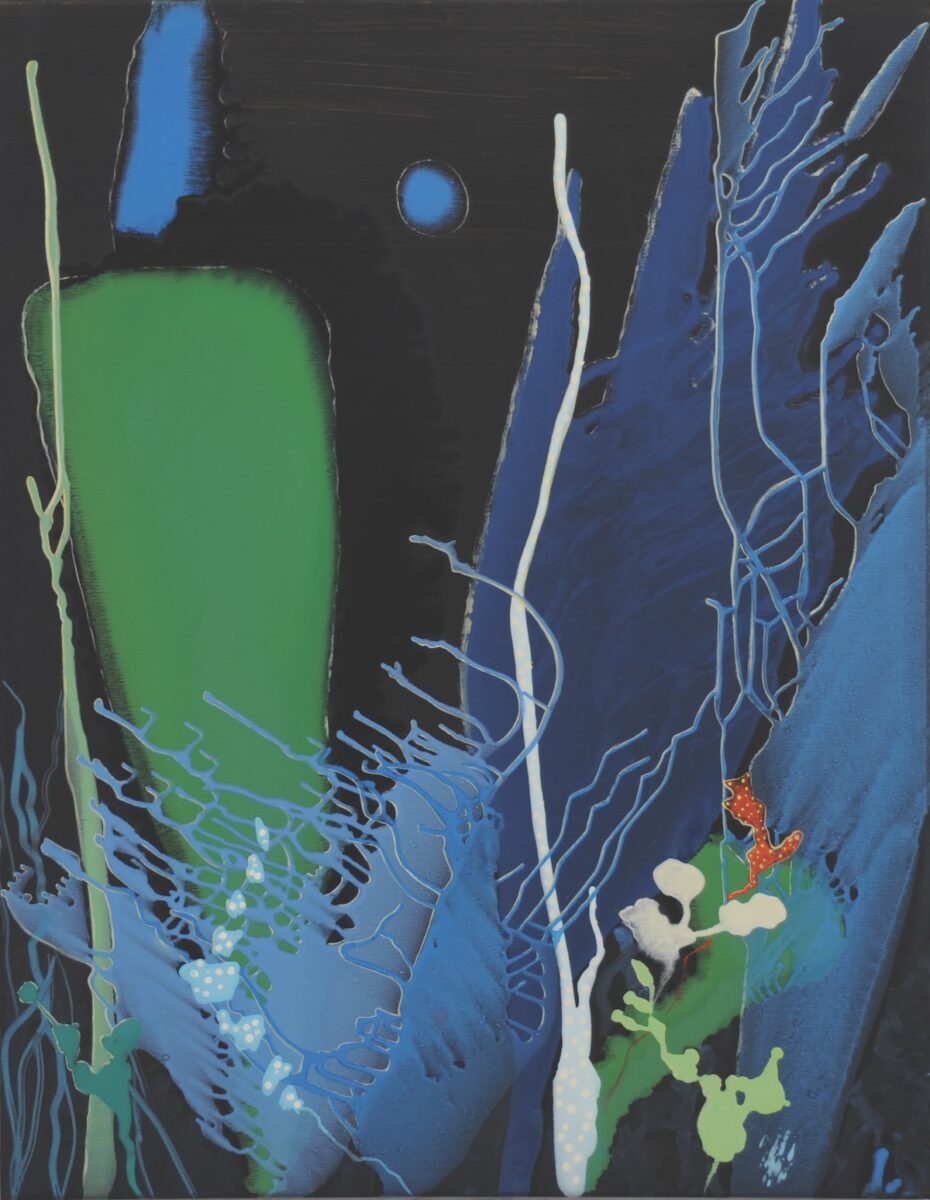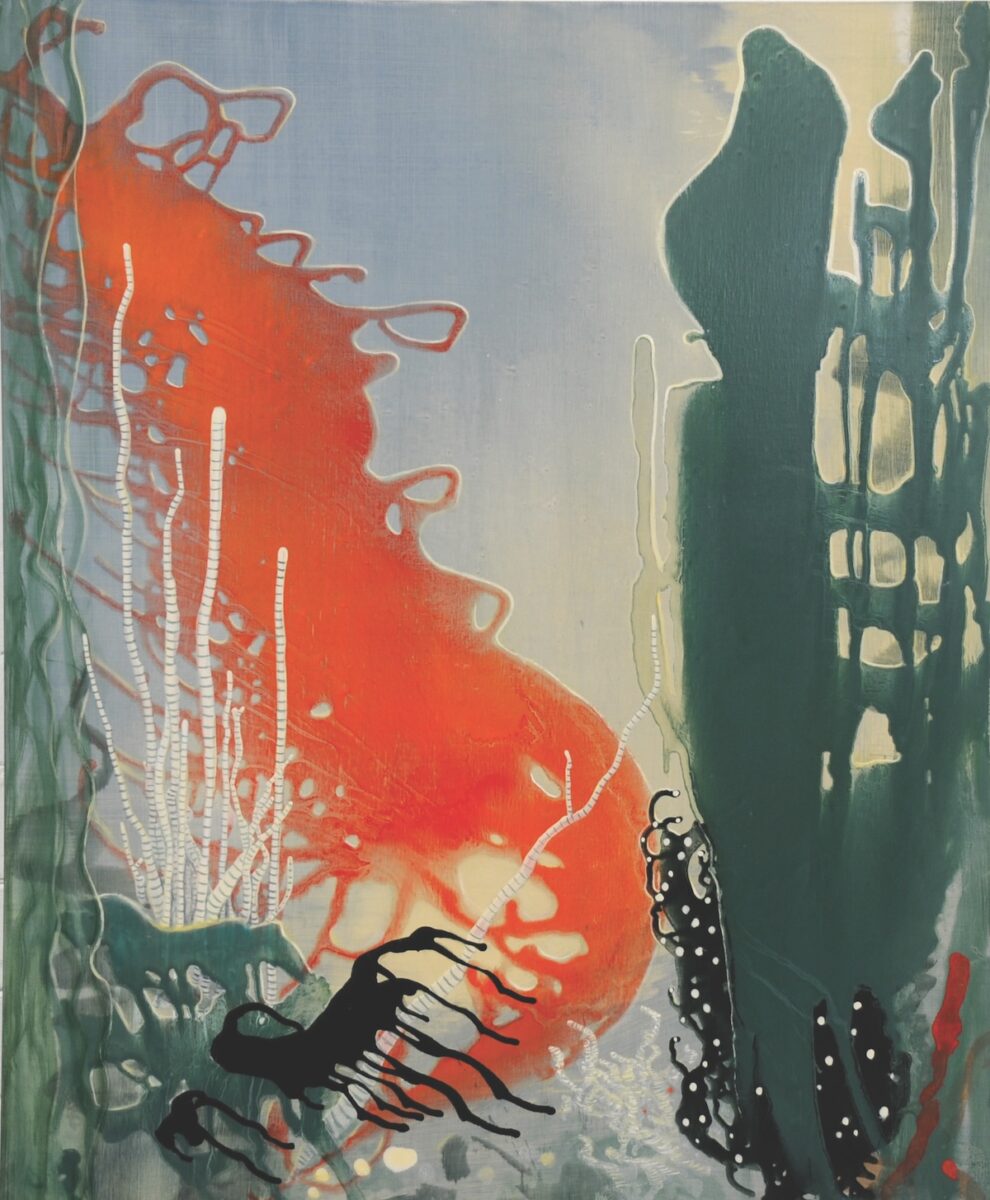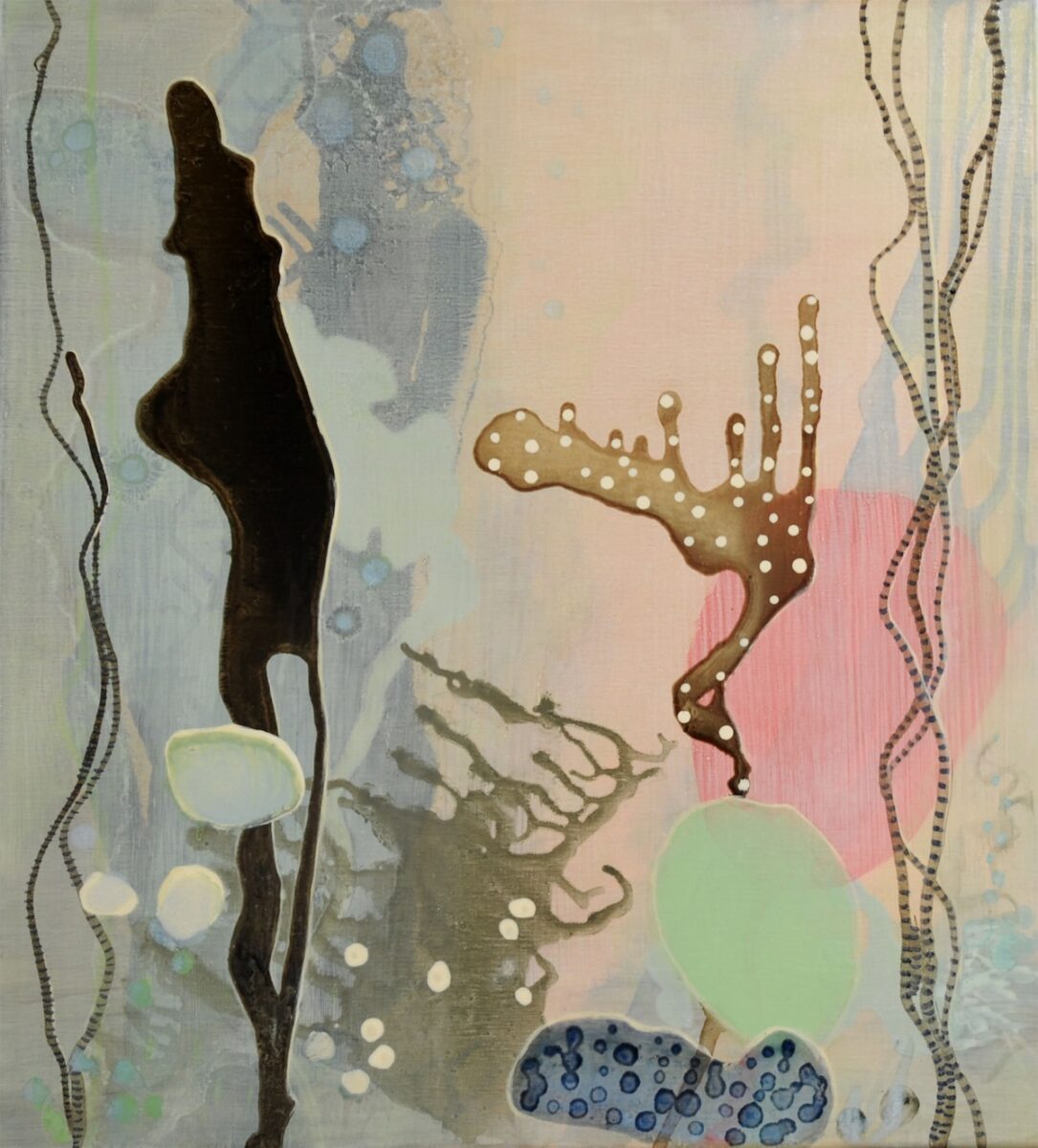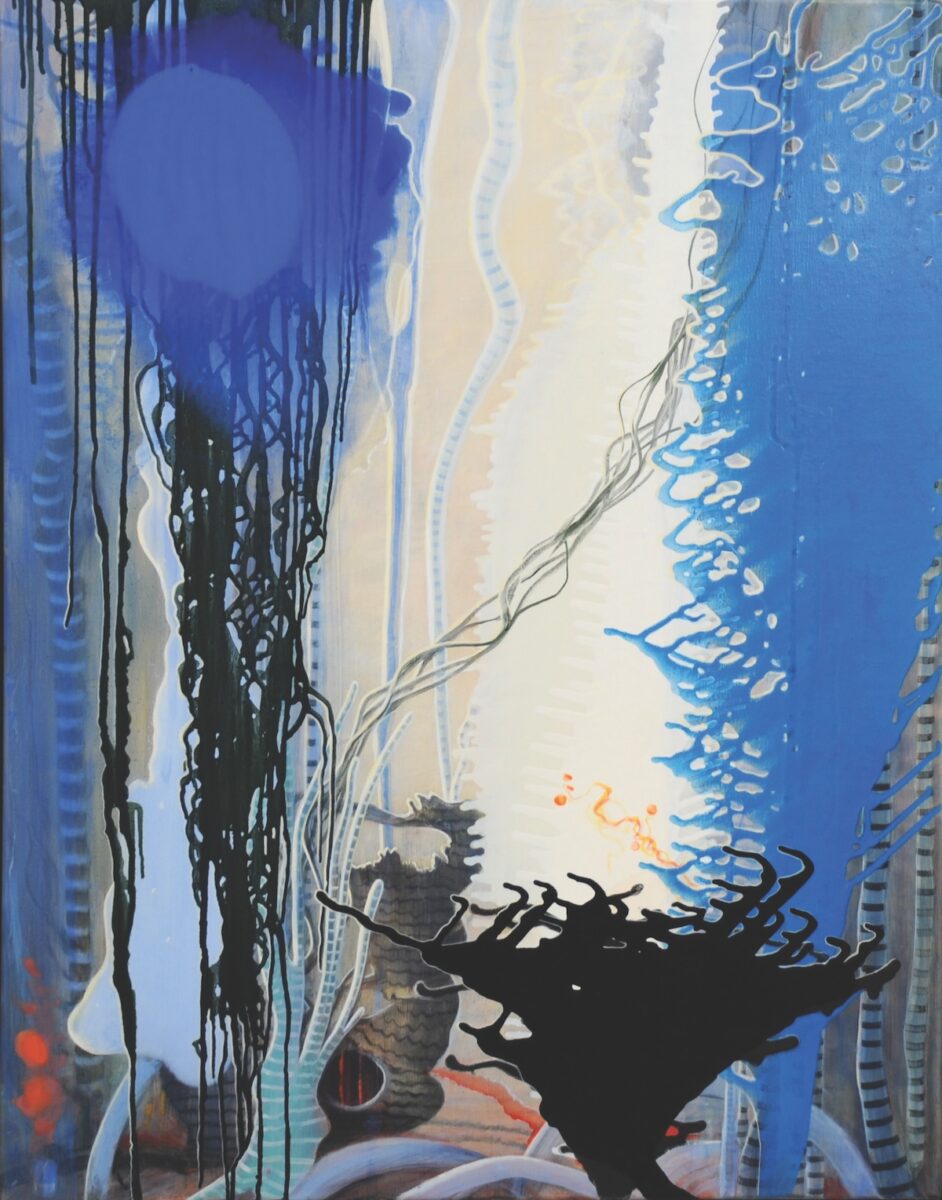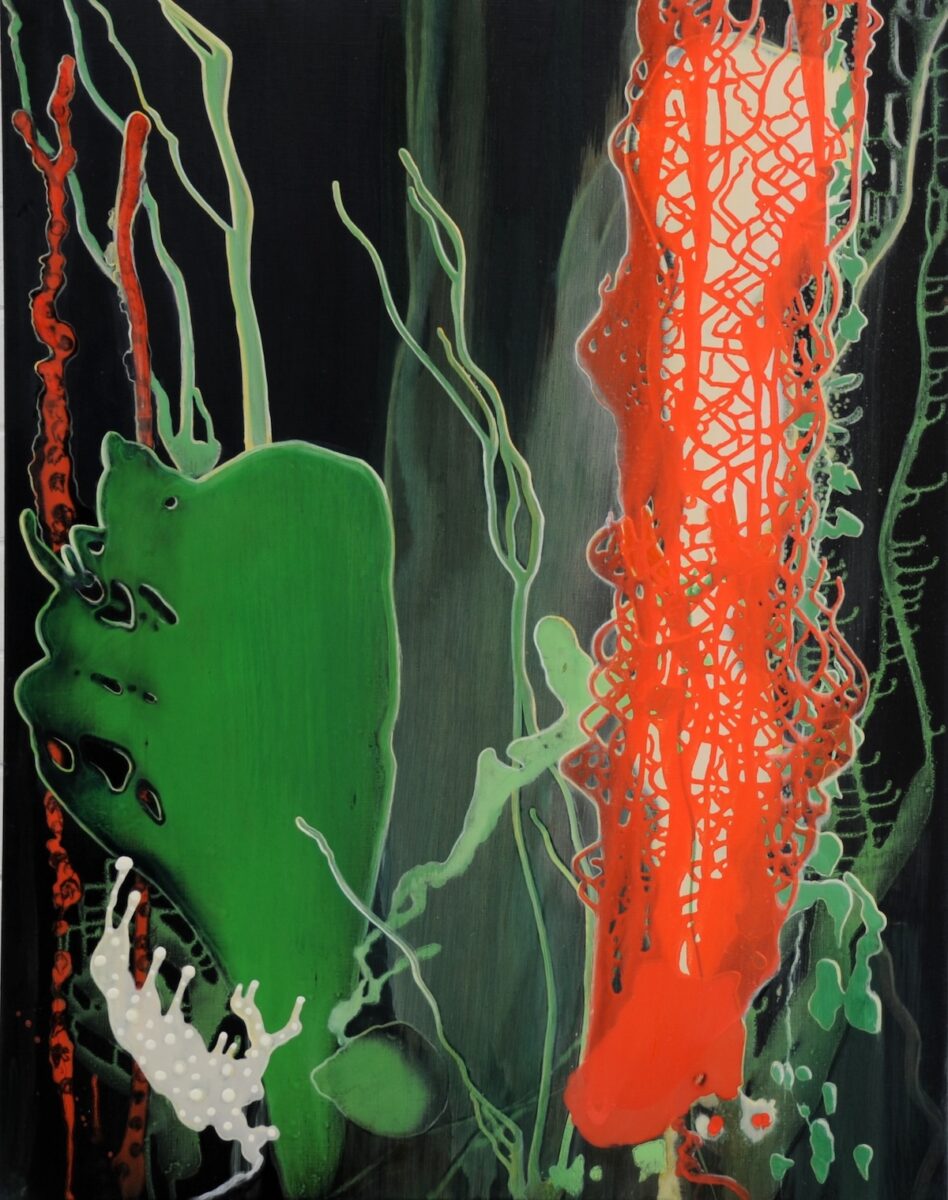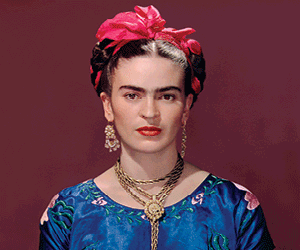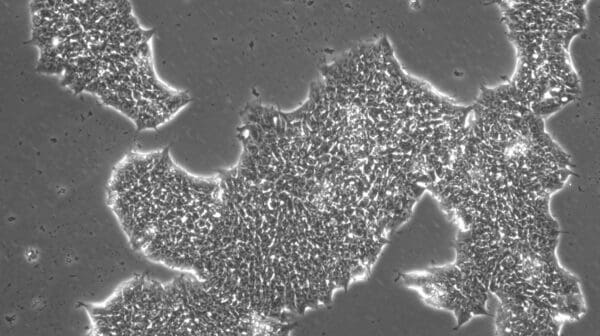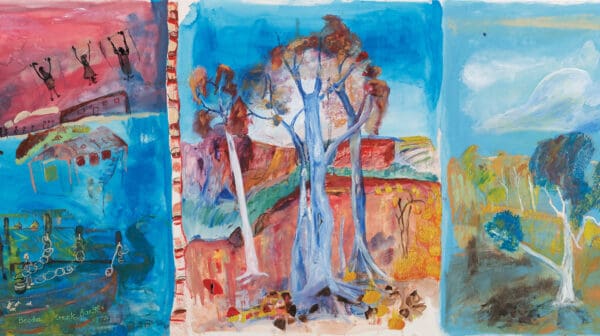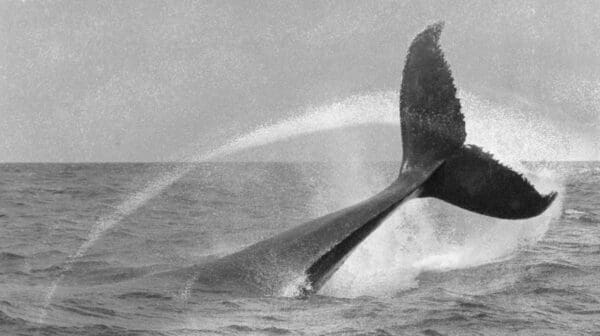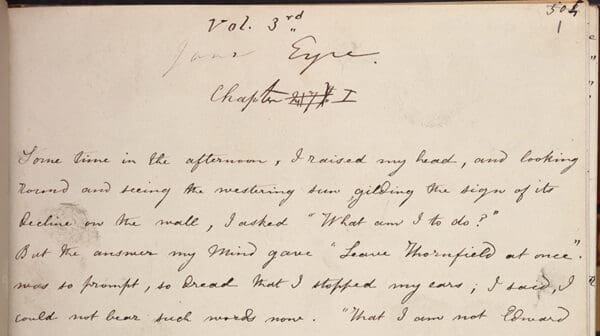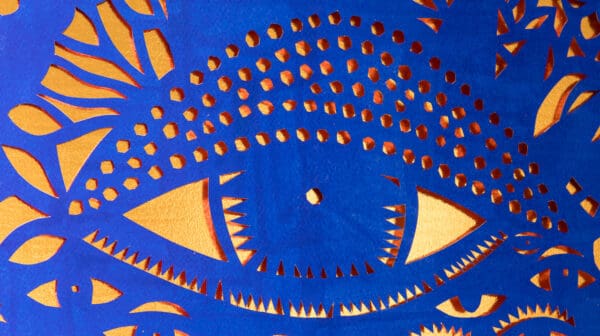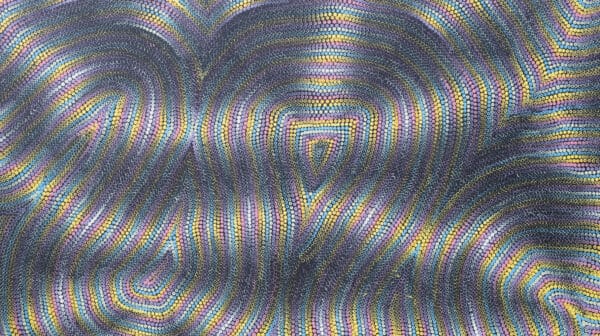The Great Southern Reef (GSR) is a vast stretch of coastline winding its way around the southern states of Australia. It tracks over 8000 kilometres—going as far north as Brisbane, down to Tasmania and all the way around to Kalbarri in Western Australia. While not as colourful as its tropical equivalent, the Great Barrier Reef, the GSR contains a plethora of biodiverse habitats and marine life anchored within its rocky reefs and sponge gardens.
Living on the southern Victorian coast, German-born artist Vera Möller is deeply inspired by the GSR and much of her recent work is devoted to the colours, forms and patterns of life found beneath the waves. “They [the artworks] look like abstract forms, but they are all full of creatures with sensory organs,” she explains. “A lot of my work relates to a fascination with corals, but also with sponge gardens. I’m very interested in the elasticity of forms, something a painter finds very hard to replicate. I had to develop a painting methodology to emulate weird forms made of biological entities with filter functions.”
This painting methodology is one Möller uses in her new exhibition, aquasensoria. To replicate the watery depths and the marine life that thrives there, Möller works horizontally by pouring paint onto her surfaces from above. This technique gives the fluid texture she seeks. “I can manipulate the paint by raising the canvas and tilting it. And that becomes really close to patterns of kelp and the way they move in the water, so the flow of the paint gets quite close to shapes you would see if you took a photograph of kelp waving in the water.” Recalling the colours of sponge gardens in the GSR, Möller’s forms are bathed in red, orange and blue. At times she will add iridescent pigments to evoke the bioluminescence sometimes seen in the ocean at night.
Much of Möller’s research is conducted above the waves by snorkelling and working with scientists and researchers to scour 3D maps of the ocean floor produced by scientific vessels and image capturing robots. She has always been fascinated by diving but cannot do it herself, admitting “my lungs just won’t do it”. Despite this, sharing her knowledge of the ocean remains paramount and she regularly spends time with others who feel the same. “There’s a group of people—scientists, naturalists, divers—also living in my area in order to bring people’s attention to that stretch of coast and the reef.”
“What has always fascinated me as an image maker and a sculptor is the otherworldly nature of these spaces.”
Indicative of the 80% of ocean that remains unexplored, there is a mystery to Möller’s images. While one can recognise the forms of plant life in her work, Möller is not looking to replicate the underwater environment with perfect accuracy, instead she focuses on form and colour to create a more conceptual vision. “When I go into the studio, I try to create forms that are like abstract fields. It’s not illustrative of anything, but it’s where my mind is at. It’s the contemplation of these otherworldly spaces that is my point of departure conceptually.” In aquasensoria, Möller is interpreting the sensation of experiencing the limitless horizon of the underwater environment. “We have a defined world around us but when you go underwater, you are completely new to it. What has always fascinated me as an image maker and a sculptor is the otherworldly nature of these spaces. You never see a horizon.”
The abstracted style of working in aquasensoria is a departure from Möller’s earliest work, where she painted natural forms with exacting realism. She initially gained this skill during her biology studies in Germany, where she was taught biological illustration by emeritus Professor Theodor Wohlfahrt, who was well known for his meticulous illustrations of European butterflies. Her ability to draw with precision led to numerous roles as a student researcher, where she would draw algae species from freshwater lakes in Bavaria. Once Möller migrated to Australia in the mid-1980s, the Great Barrier Reef became a strong focus in her work, and she produced many series of paintings, sculptures and installations detailing the environments she encountered there. A residency on Heron Island also furthered her knowledge of reefs, and she remains a keen fly fisher.
With a lifelong desire to share her knowledge of the ocean and the life it sustains, in engaging with Möller’s work it’s easy to discover things one might have previously not known about the marine environment. As she says, “Ever since I came to Australia, I’ve been intensely interested in marine spaces, submarine spaces, marine biology and the visual phenomena associated with these environments. That comes out of an interest in needing all of us to develop a degree of empathy with those spaces. And that means always learning more about it.”
aquasensoria
Vera Möller
Philip Bacon Galleries
27 August—21 September
This article was originally published in the September/October 2024 print edition of Art Guide Australia.

